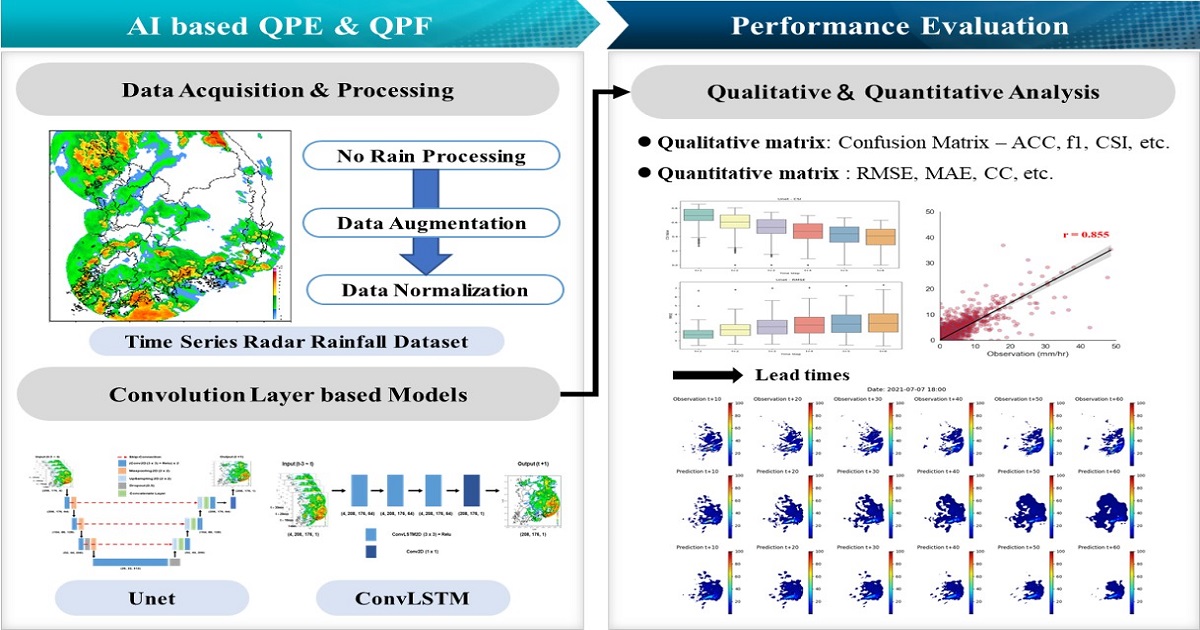- 3.0Impact Factor
- 6.0CiteScore
- 20 daysTime to First Decision
Machine Learning Methods for Flood Computation
This special issue belongs to the section “New Sensors, New Technologies and Machine Learning in Water Sciences“.
Special Issue Information
Dear Colleagues,
Floods are among the most devastating natural disasters, posing severe threats to human life and society. Accurate modeling and prediction of floods have historically faced significant challenges due to the complexity of modeling and the presence of various uncertainties. However, rapid advances in machine learning methods have introduced novel algorithms, models, and frameworks that enhance the computational efficiency, accuracy, and reliability of flood computations. Integrating machine learning methods into hydrological processes has significantly contributed to risk reduction and damage minimization associated with floods. This Special Issue is dedicated to presenting original research findings and reviews on the latest applications of machine learning methods in flood modeling and prediction. We encourage submissions addressing, but not limited to, the following topics:
- Novel machine learning methods for flood simulation and forecasting;
- Hybridization of existing machine learning methods to improve the accuracy and efficiency of flood modeling;
- Integration of conventional flood routing models with machine learning methods;
- Flood risk analysis using machine learning methods;
- Model parameter optimization algorithm based on machine learning methods.
Prof. Dr. Kyung Soo Jun
Prof. Dr. Yeonjoo Kim
Prof. Dr. Giha Lee
Guest Editors
Manuscript Submission Information
Manuscripts should be submitted online at www.mdpi.com by registering and logging in to this website. Once you are registered, click here to go to the submission form. Manuscripts can be submitted until the deadline. All submissions that pass pre-check are peer-reviewed. Accepted papers will be published continuously in the journal (as soon as accepted) and will be listed together on the special issue website. Research articles, review articles as well as short communications are invited. For planned papers, a title and short abstract (about 250 words) can be sent to the Editorial Office for assessment.
Submitted manuscripts should not have been published previously, nor be under consideration for publication elsewhere (except conference proceedings papers). All manuscripts are thoroughly refereed through a single-blind peer-review process. A guide for authors and other relevant information for submission of manuscripts is available on the Instructions for Authors page. Water is an international peer-reviewed open access semimonthly journal published by MDPI.
Please visit the Instructions for Authors page before submitting a manuscript. The Article Processing Charge (APC) for publication in this open access journal is 2600 CHF (Swiss Francs). Submitted papers should be well formatted and use good English. Authors may use MDPI's English editing service prior to publication or during author revisions.
Keywords
- machine learning
- deep learning
- flood
- flood modeling
- flood control
- flood management
- flood forecast

Benefits of Publishing in a Special Issue
- Ease of navigation: Grouping papers by topic helps scholars navigate broad scope journals more efficiently.
- Greater discoverability: Special Issues support the reach and impact of scientific research. Articles in Special Issues are more discoverable and cited more frequently.
- Expansion of research network: Special Issues facilitate connections among authors, fostering scientific collaborations.
- External promotion: Articles in Special Issues are often promoted through the journal's social media, increasing their visibility.
- e-Book format: Special Issues with more than 10 articles can be published as dedicated e-books, ensuring wide and rapid dissemination.

